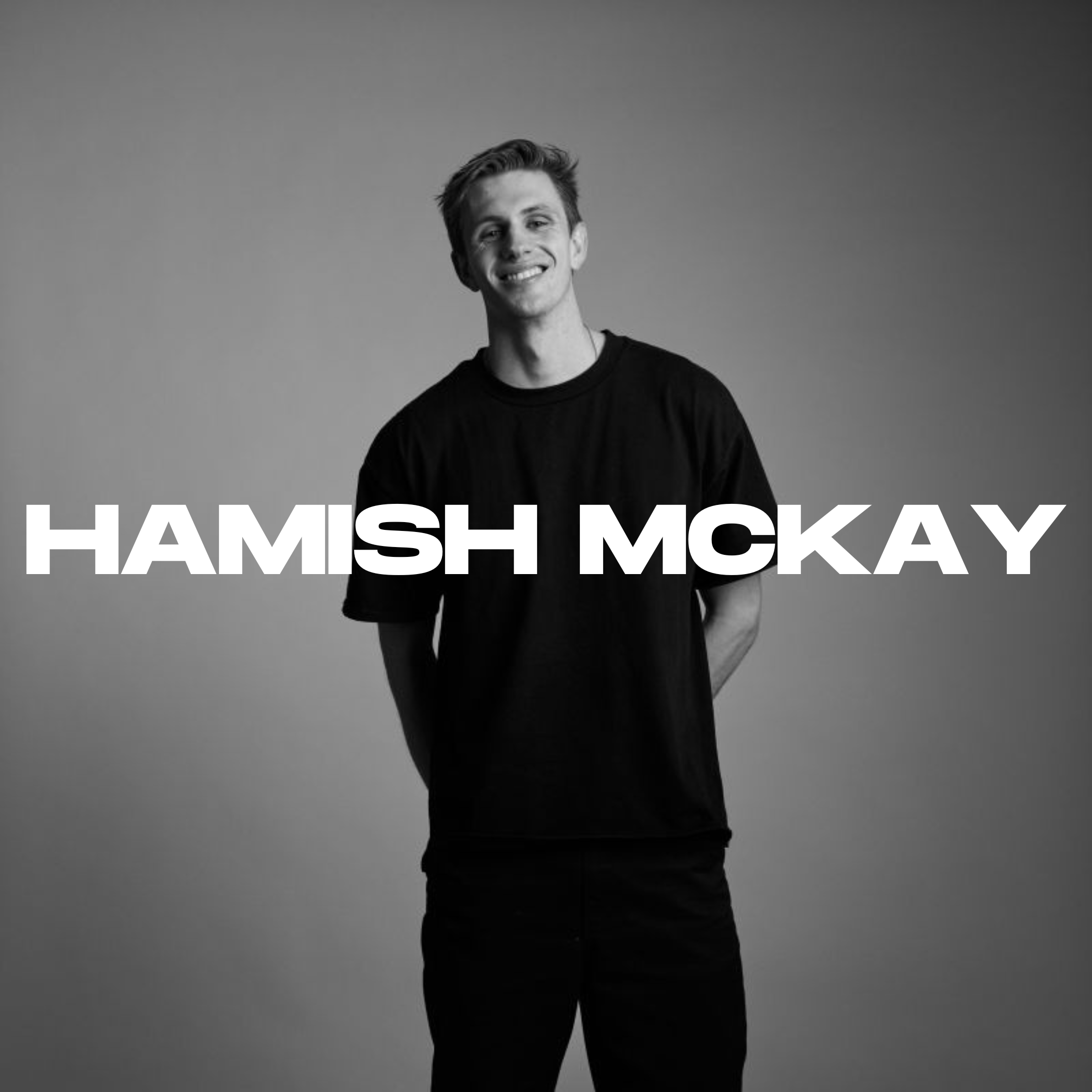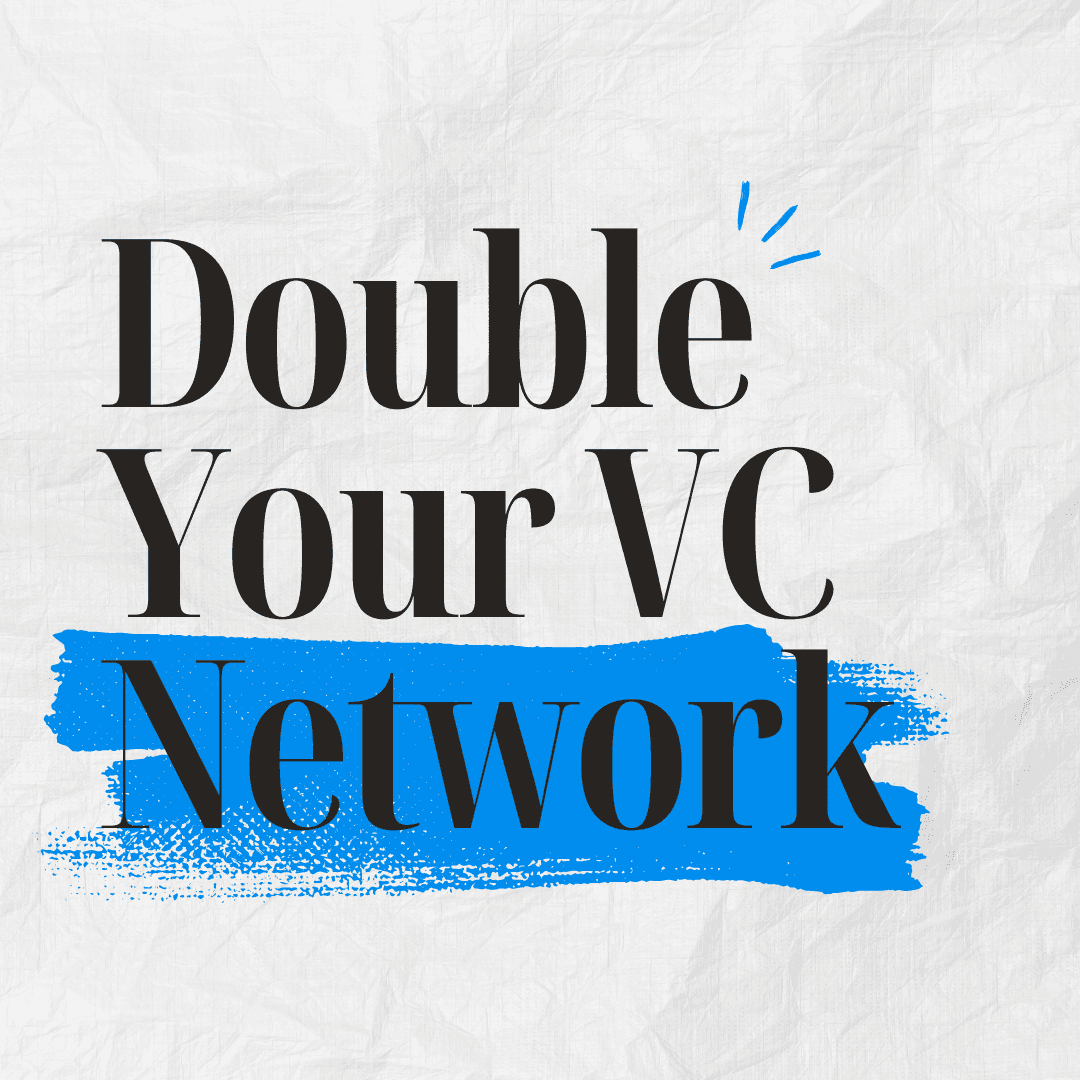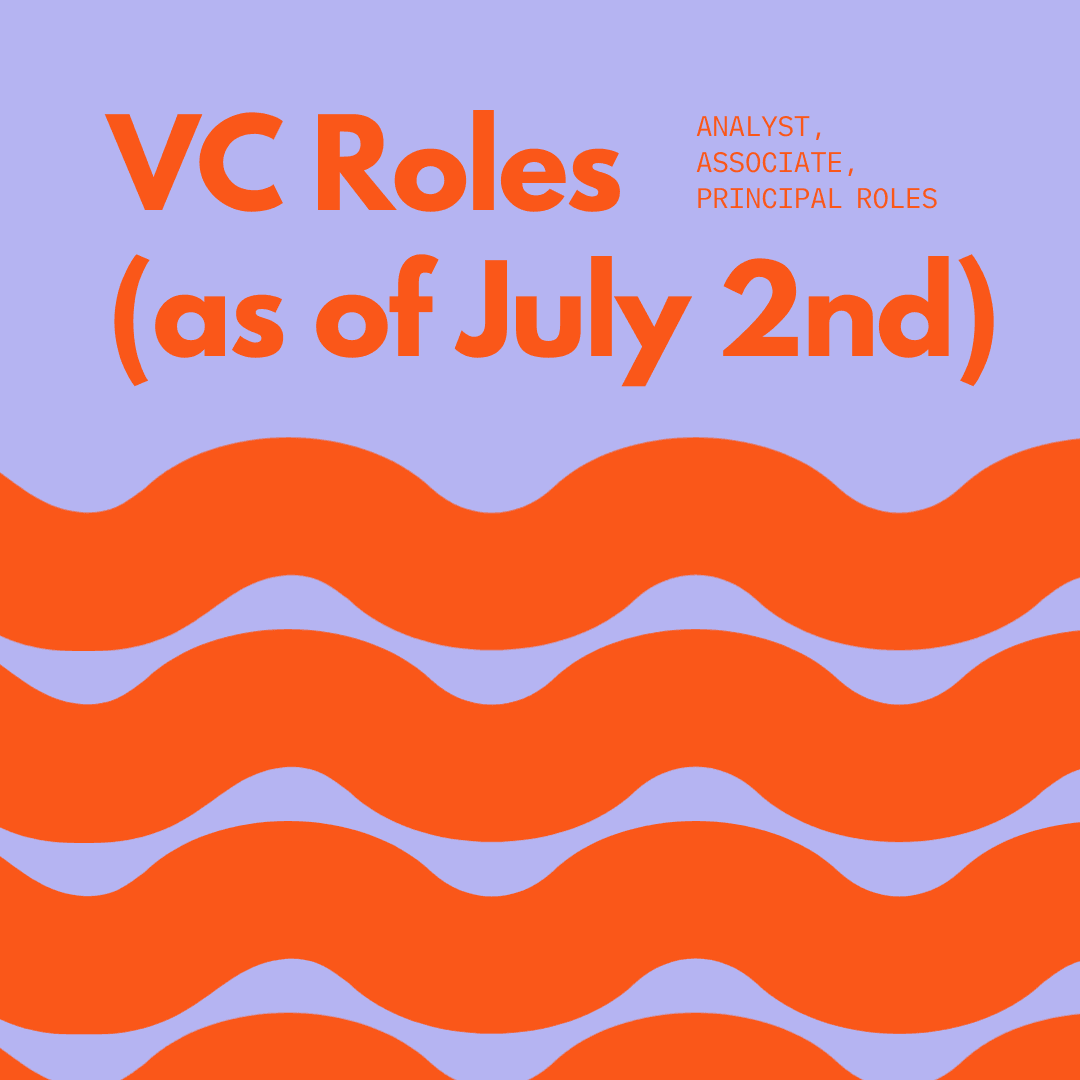Founders
September 15, 2024
Hamish McKay, CEO of Order Editing
Hamish McKay is the CEO and co-founder of Order Editing, a Shopify app that helps customers self-service address changes, shipping upgrades, product add-ons, and much more. We sat down to discuss his journey, his approach to life, and his aspirations. Without further ado, let's dive in.
Hamish: When I started rowing in high school I realized I was pretty f*cking good, and if I worked really hard, I could be in the top 1%. So, I started working hard for it. My cofounder calls me a workaholic but if I set a goal, I chase it. My goal was to race in the junior world championships and win a medal. I set that out four years in the future, figured out what I needed to do to get there, and worked my a** off.
I always go back to that experience. It was a pretty unique situation. I don’t think many people in high school have the opportunity or the personality type to set a goal and execute it. I remember finishing high school rowing and being like “Woah, that’s it. What now? ” I hated that feeling.
My older brother was 22 and a millionaire living in Melbourne. He was one of the most famous YouTubers for gaming content. I looked at him and thought, “I want that.”
And so at 18, I told myself “I want to be a millionaire before I’m 25”
I dropped out of high school and immediately went to uni six months early to try and get ahead, to try and accelerate my journey. I was very fortunate during that process to land a really great internship at an influencer marketing company. There was no role for me; I just came and shadowed. I was 21 and eager to learn.
The CX manager was never there. I remember telling the team “Your CX manager sucks. He’s in the Bahamas and there’s 10,000 unanswered emails. Let me take over the team and hire a group of uni students. Here’s how much it will cost and this is how long it will take me to fix the problem.” They threw me that bone and I ended up being a manager for a startup at 21 years old.
Gyan: Progressing through school and training for the junior world championships is very much process-oriented. You put in the work, you get the results. Startups are much different in that they’re inherently unstructured. How did you contend with your new goal and the lack of structure around it?
Hamish: I found it objective. I want to have X amount of financial wealth in seven years; what do I realistically need to do to achieve that goal? You immediately wipe some things off the table.
You can’t work at a corporate gig, you’ll never get there in time.
You can invest in crypto
You can start a company
You can get lucky through startup equity or some other means.
Crypto didn’t interest me. So I thought I’d start a business.
When I was looking for jobs, I immediately wiped off all corporate internships. I would have to work at a startup if I wanted to learn how to start a business. That led me to my internship opportunity.
I always think “What is the endpoint? What does the journey potentially look like?” And if I like the idea, I will go out and do it. If I don’t, I will change the endpoint. I think that’s the difference. A lot of people set goals, look at the work required to get there, and decide not to do it. And that’s fine - you just need to change the endpoint. But for me, I found the endpoint and the journey exciting and so I went out and did it.
Gyan: You're 21 and you're at this high-flying startup. Tell me about your experience there.
Hamish: It was one of the most exciting companies on the planet, in my opinion. There were 17 people working together in a single room, all under 25. Some of the most talented designers and internet kids were creating products for the world’s most famous YouTubers. We were doing $5M+ days on Shopify for Mr.Beast and Valkyrie. It was f*cking sick.
All of these guys were under the age of 25 and effectively financially independent. It’s very rare to be surrounded by those types of people in that age bracket. I actually ended up changing my goal and said “f*ck this millionaire thing I want to retire.”
I constantly enjoyed being the dumbest person in the room. Being the furthest behind. Even though I was ahead of the average, these people were the same age as me and had just absolutely bonkers personalities. It was really inspiring.
Gyan: Were you ever self-conscious?
Hamish: I knew I was relatively stupid, and I liked that. I found it quite fun and entertaining. I wasn’t self-conscious but I was aware that I was relatively worse off. But it was never damaging. This was where exactly I wanted to be. Some people find it motivating, some people find it discouraging, I definitely found the former.
I remember I went home after the internship. I had a girlfriend back home. I was set to finish uni. I went back and after three months I bought a one-way ticket out. I had to get the f*ck out. It was such a slower pace of life. Back to being in the friend group. Back to being normal. Back to not being surrounded by high-achieving mfers because I’m slowing down. So I left and finished my degree overseas.
Gyan: You were cognizant and had the willpower to take a step back, even at 18. It’s almost as if you’ve been able to control your environment, and by controlling your environment, you’ve been able to achieve your objectives quite efficiently.
Hamish: People ask what words best describe you. And I always respond with “intentional.”
I think about my same goal every single morning when I wake up. I’m still on that journey. But it’s going to plan.
Gyan: How did Order Editing come into place?
Hamish: Fast forward, I ended up managing our support hub and was responsible for handling all of our customer support emails. I routinely asked our agents, "What do you spend the most time doing?" Nine times out of ten, the response was either changing customer addresses or editing orders. I thought “OK, I’ll pull the data from our platform to see how many of those emails we receive.” It turned out we were receiving over 3,000 emails per month. I did the math to figure out how much each customer support email was costing us—around $2.50 per email. Multiply that by 3,000, and that’s $7,000 to $8,000 each month that we could automate and avoid answering manually. I pitched the idea internally and got approval to find a developer to build a solution. That developer later became my co-founder.
We tested our product internally within the broader company for eight months. When the company went bankrupt, we already had eight months of results and data. We had a brand name to launch off of, we just had to get it mainstream. It was only after we reached $2.5k in revenue per month that I quit my job and went full-time.
In six months we attracted several local Australian clients who heard about us through LinkedIn. It started generating a lot of awareness and suddenly we had big brands from the US reaching out. I started taking meetings either at 11pm or 6am because of the time difference, and I thought, “If we can get these brands interested without even trying, what would happen if you flew over to the country and met them?”
That’s what I’ve been up to for the last month and a half. We’re well on our way to a million and I can’t wait to see where we go from here.






